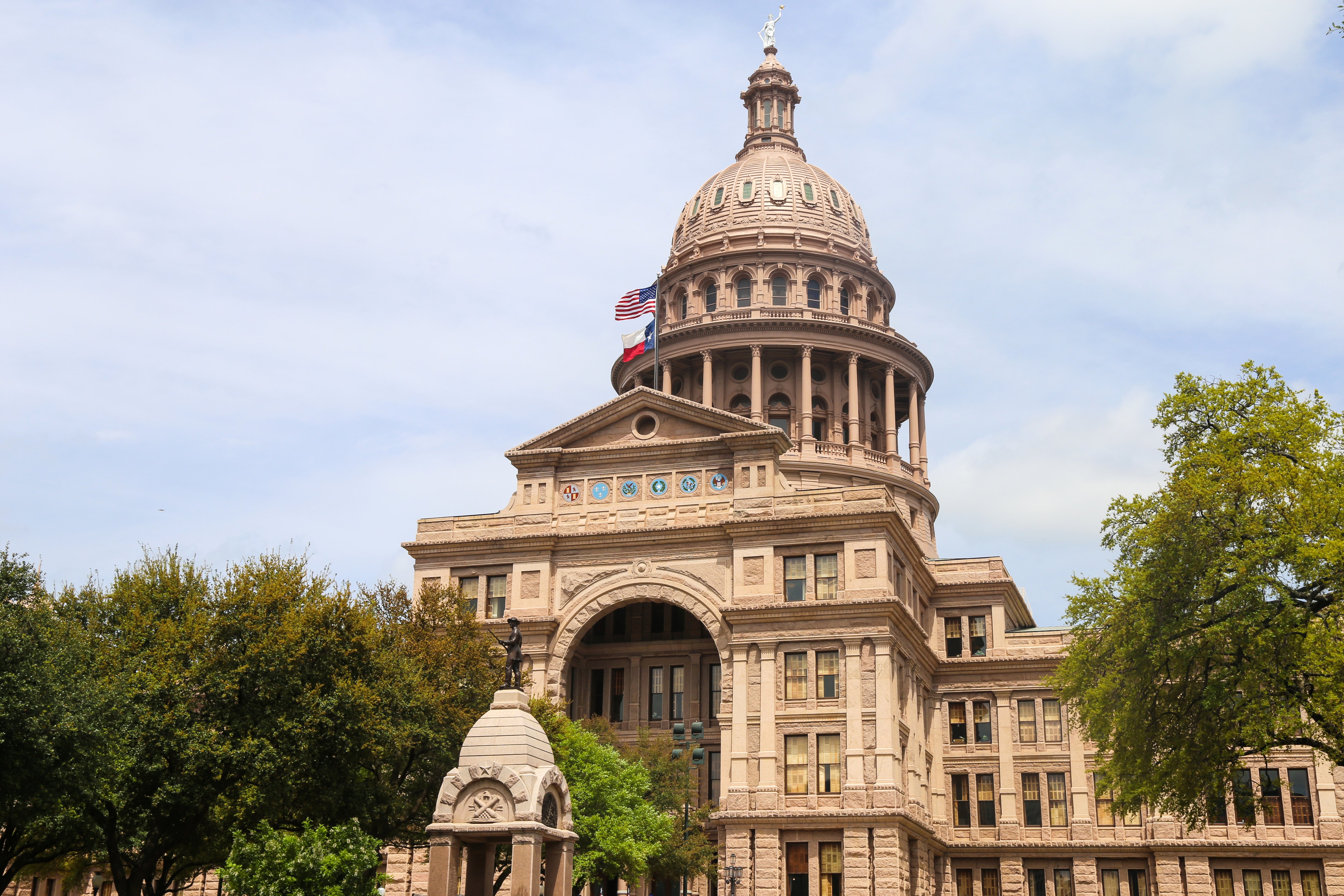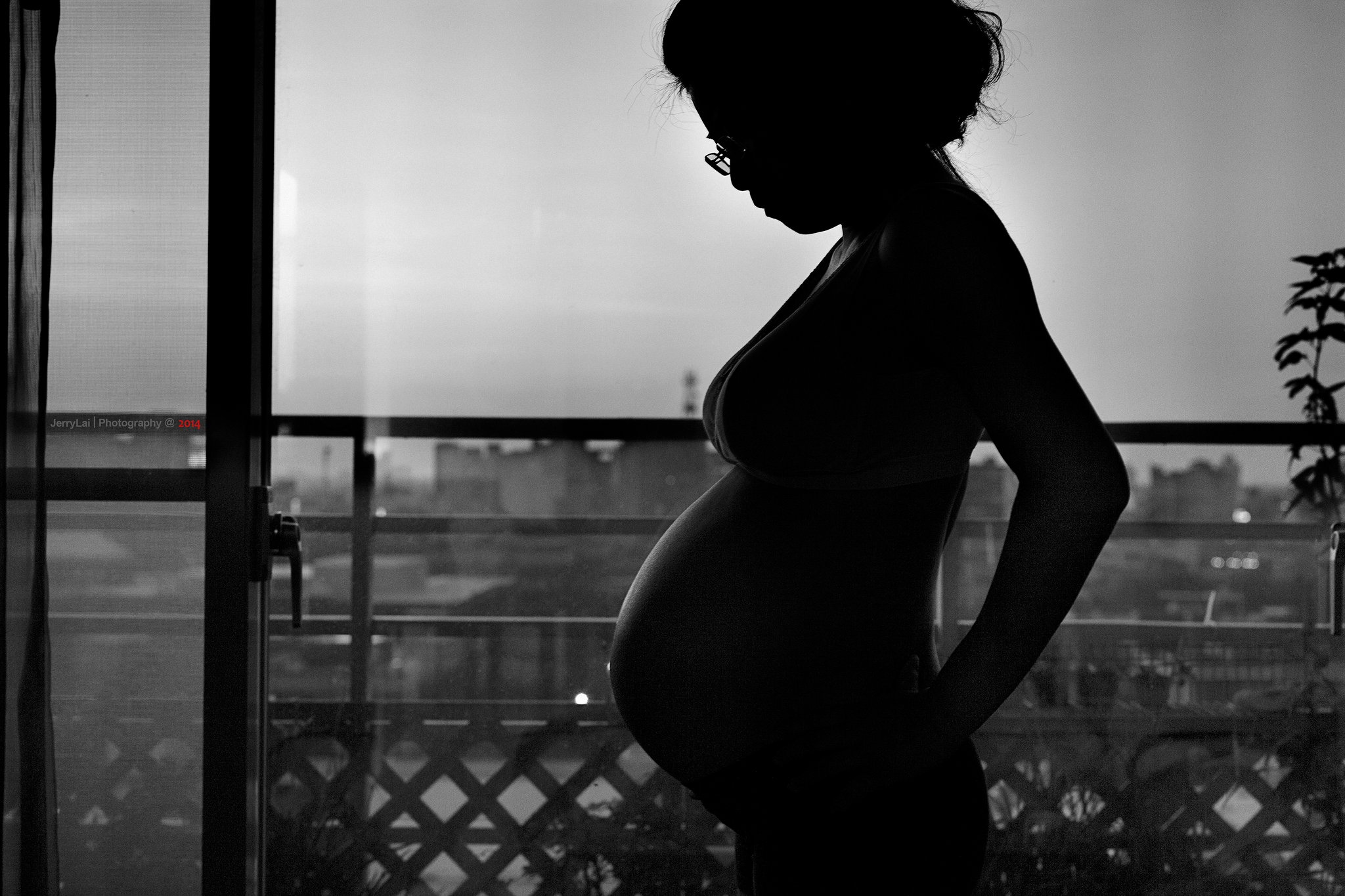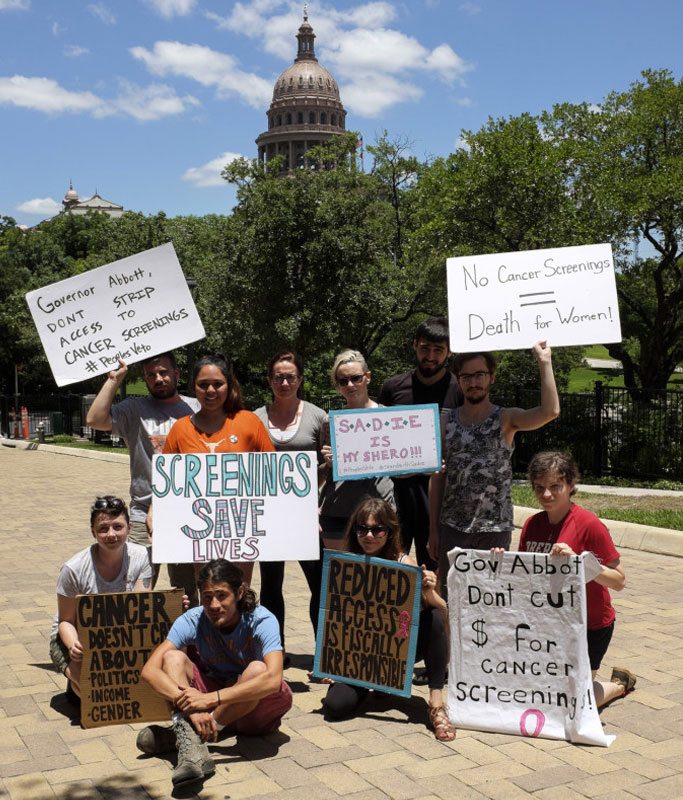
State Officials Tried to Cut Women’s Health Care During a Pandemic. It’s a Clear Reflection of Priorities.
The state health agency continues to propose cutting services for families while leaving fully intact a program that funds anti-abortion crisis pregnancy centers.

A version of this story ran in the November / December 2020 issue.
As the COVID-19 pandemic has highlighted the crucial need for health care services, you might think state officials would work to reduce barriers to access. Instead, Texas’ Health and Human Services Commission (HHSC) proposed cutting funding for women’s health—a perennial target for Republicans—while leaving untouched a problematic anti-abortion program that has offered few to no actual health services. It was only after months of sustained public outcry from advocacy organizations and lawmakers that HHSC backtracked on these cuts in September.
But we shouldn’t let the commission off the hook easily. The budget has yet to be finalized, and concerns over lack of transparency and legislative oversight persist. Years of ideologically targeting women’s health with devastating results is business as usual for state officials, and this budget process is a stark reminder of their warped priorities.
In May, Governor Greg Abbott, Lieutenant Governor Dan Patrick, and House Speaker Dennis Bonnen demanded most state agencies cut 5 percent from their budgets amid a coronavirus-induced economic crisis. HHSC identified nearly $133 million in potential cuts in June, including nearly $3.8 million from women’s health programs that offer free and low-cost contraception and screenings for cholesterol, diabetes, and breast and cervical cancer. Providers say the reductions would have forced clinics to cut hours and staff and, in some cases, close. Other targets included therapy for toddlers with disabilities and family violence prevention programs.
While officials walked back those proposals, the new HHSC plan, which includes cuts to safety inspections, could hinder child safety in day cares and oversight of the foster care system—which needs more regulation, not less. And amid record unemployment, proposed staffing cuts could create enrollment delays for Medicaid, CHIP, SNAP, and Healthy Texas Women, leading to longer waits for birth control or prenatal doctor visits. While officials have the option to tap the state’s estimated $8.5 billion Rainy Day Fund or expand Medicaid, they haven’t pursued either.
Texas is still grappling with a maternal mortality crisis and has the highest rate of uninsured women of childbearing age in the country.
Left fully intact in both rounds of proposed cuts is the Alternatives to Abortion program (A2A), which includes maternity homes and adoption centers but mostly funds Christian crisis pregnancy centers (CPCs). These nonmedical centers aim to dissuade women from having abortions through propaganda, false medical claims, and religious proselytizing. Records show that the vast majority of A2A funds have gone to counseling, compared with other services like maternity clothing, diapers, and pregnancy and childbirth classes.
Unlike other state health programs, A2A, which is overseen by the anti-abortion nonprofit Texas Pregnancy Care Network, lacks accountability. A2A reports only the number of clients and anecdotal stories of their experiences; information on cost savings, measurable benefits, and services is vague. “At no point has it been clear what the actual benefits of the program are,” state Representative Donna Howard, an Austin Democrat, told me. “Nothing is indicating a need for financial expansion.”
Yet the Legislature has sent the A2A program a total of $170 million since it began in 2006, with staggering growth in recent years. Stunningly, HHSC recently funneled an additional $20 million to the program. Some $45 million has been siphoned to A2A from Temporary Assistance for Needy Families (TANF)—intended to help indigent families.
Meanwhile, women’s health providers are still building back from deep cuts in 2011, when conservative lawmakers gutted two-thirds of the state’s family planning budget. The results were devastating: More than 80 clinics shuttered, and teen births and abortions rose. Texas is still grappling with a maternal mortality crisis and has the highest rate of uninsured women of childbearing age in the country.
What Republican state officials fail to consider is that cuts to preventive care and consequent unplanned pregnancies, STIs, and cancer diagnoses will cost the state heavily in the future. Low-cost contraception reduces taxpayer spending, since more than half of births are paid for by Medicaid. Women’s health programs have saved the state millions: HHSC estimated that Healthy Texas Women and the Family Planning Program saved $140 million in 2019 alone.
As tens of thousands lose employer-based health coverage, Texans need access to safety net services more than ever. The notion of stripping away funding to women’s health in the middle of a global pandemic and failing to consider cutting a bloated, wasteful, and propagandistic anti-abortion program is shameful. Moreover, it lays bare the state’s historically shortsighted ideological agenda when it comes to reproductive health. As we look toward the next legislative session in January, remember this budget fight, and that advocacy can work—even in a state as hostile to women’s health as Texas. State leaders have unabashedly shown their true priorities; let’s not hesitate to remind them of ours.
Read more from the Observer:
-
The Anti-Indigenous Handbook: Across the globe, anti-Indigenous organizations and sympathizers work to undermine the collective rights of Indigenous peoples. This collection of reports reveals some of the most common attacks Indigenous communities face today.
-
The Wasteland Underwater: On the central Texas coast, Lavaca Bay is already poisoned by mercury. Climate change will only make matters worse there—and at 944 other hazardous-waste sites across the country.
-
Researcher Howard Henderson on Reimagining Policing in the U.S.: Henderson says policing in the U.S. perpetuates systems of inequality that mirror the nation’s history of colonialism.


